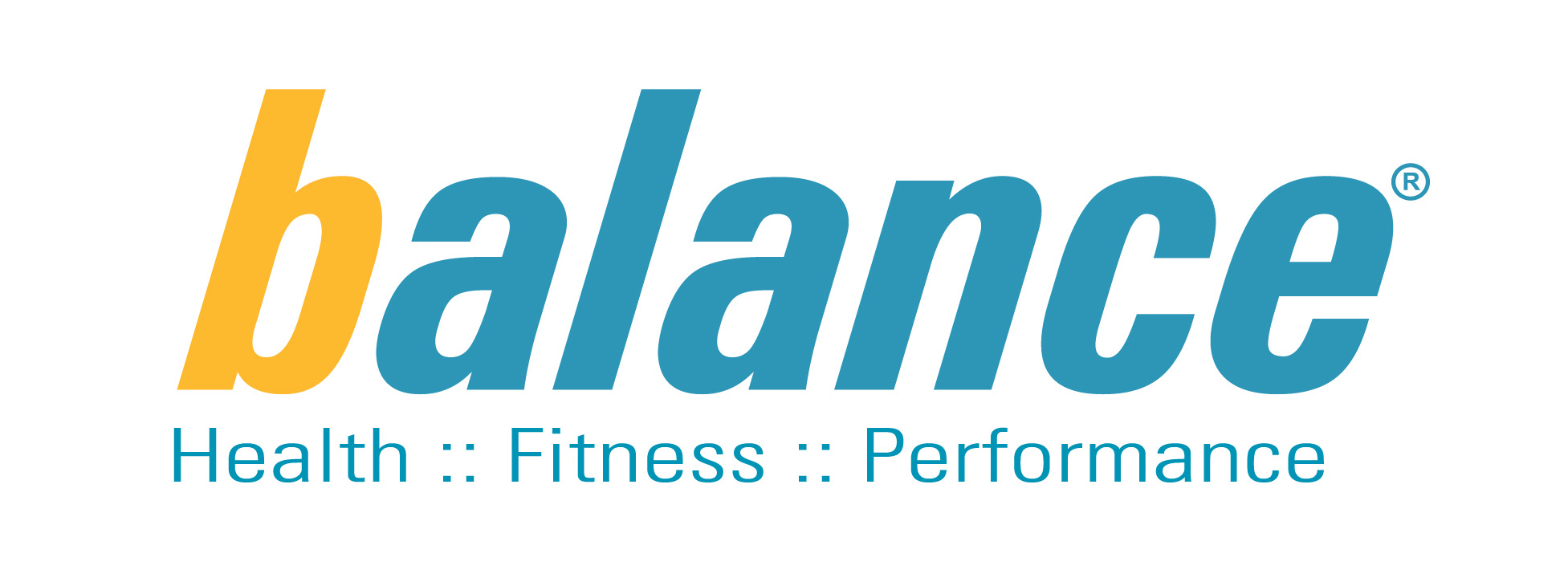"Training your weaknesses"
Many of you may be familiar with the phrase, “Practice makes perfect.” However, I am currently in the middle of a book I would like to share with you titled, “Practice Perfect” by Erica Woolway and Katie Yezzi. This is applicable to all fields, life situations, and relevant for this blog to the fitness field (from the broader sense of coaches and also as athletes). The authors reinforce the concept, "practice makes permanent." As noted in the following example, “you are shampooing your hair for decades and yet you are not getting any better at it…the mere fact of doing something repeatedly does not [always] help us improve.” I highly recommend checking out this book for a better understanding of this concept and further techniques.
An example that comes to mind is in regards to the Olympic lifts and gymnastics movements (everything in CrossFit too). Although there are instances in CrossFit where we struggle to reconcile technique with intensity, at the end of the day the most proficient/fittest CrossFitters in the community demonstrate amazing technique/efficiency in their movements.
1.) Identify your weaknesses
2.) Devote time to train these. Have a plan. Dan John, a strength and conditioning coach offering many words of wisdom states, “if its important train daily.” First identify if it is something technique or strength-based (need more time to develop this). Evaulate your limiting factor or limits to improving? Then, develop an understanding of the appropriate progresssions and which portion you need to tackle.
(More specific game plans include: volume training and intensity training. For example, volume training is doing a couple reps on the minute for 10-20 minutes and you can train up to 2 days a week. An example of intensity would be to perform 30 reps of the particular movement for time.
3.) Be consistent with following our programming and patient. If you are only making two workouts a week, do not attempt to add more until you are more consistent. We program to hit up all the 10 general physical skills.
4.) Attend our gymnastics tutorial offered on Sundays at 12:30 with Michael Lorenzen. This is a good opportunity to get feedback and review the progressions and other assessory work.
5.) Approach your coaches and be attentive to skill work in class.
What is your most dreaded exercise in CrossFit? Burpees, Wall Balls, Thrusters? I always hear complaints about wall balls and its always good to tackle your most dreaded movement and should be a very rewarding feeling to get this benchmark under your belt or perhaps PR. For those of you competing in CrossFit, they come up! Train them! Hopefully, the penalty below will keep you honest in whether you should put that ball down for some recovery. Good luck! -Danielle
REMINDER: GYMNASTICS TUTORIAL- this Sunday, January 6th, at 12:30 with Michael Lorenzen.
WOD for Friday:
Warm-up below/mobility work:
2 rounds:
300m Row
1 minute Double-under Practice
Benchmark- "Karen"- Complete for time:
150 Wall Balls (20/14lbs)*
*Double-under penalty-Also, in addition to Karen and those seeking a new challenge, there will be a 50 Double-under penalty for every broken set. If you are choosing this option, still obtain your time at the finish of your wall balls, but then continue on to the double-unders and also obtain your total time upon completion of the double-unders. You should have 2 scores then at the finish.
Scaling Options for Karen include:
1.) Reducing the reps
2.) Scaling weight/height- suggested approach- all athletes should be able to perform at a minimum 15 unbroken reps with chosen weight and height.
3.) Double- under penalty- Scale double-under reps (based on proficiency) or perform double-unders as attempts/scale this to 20 per broken set.
Post both times to comments (150 Wall Balls and 150 Wall Balls+double-unders)
 Sunday, January 6, 2013 at 11:25AM
Sunday, January 6, 2013 at 11:25AM 







